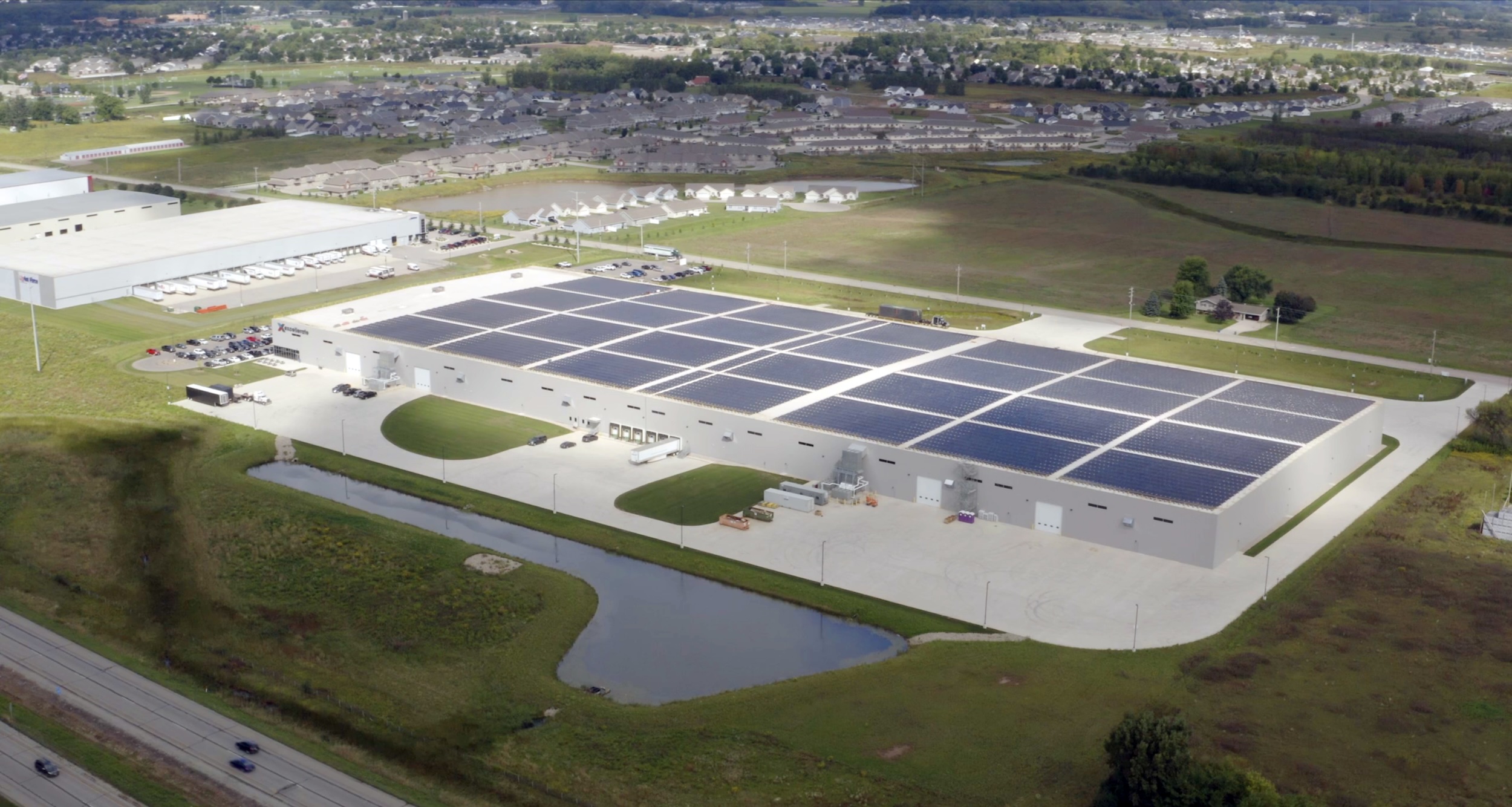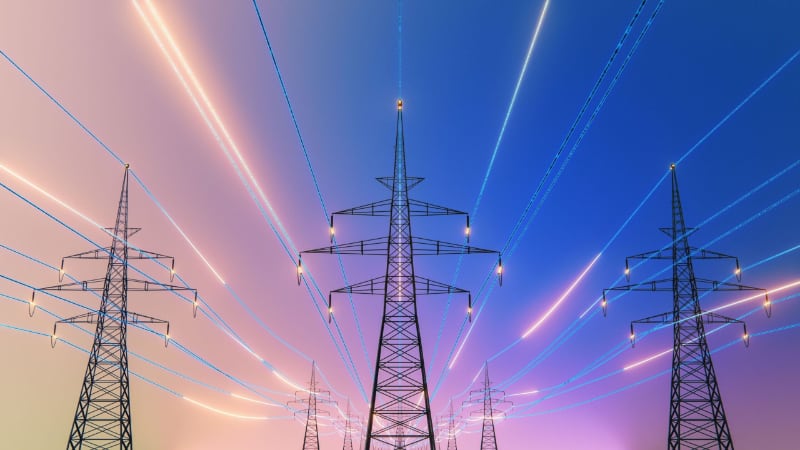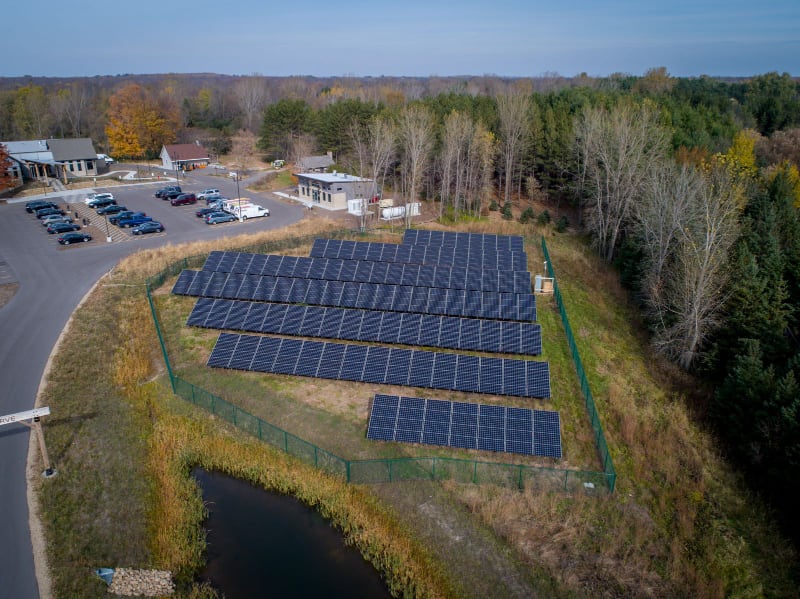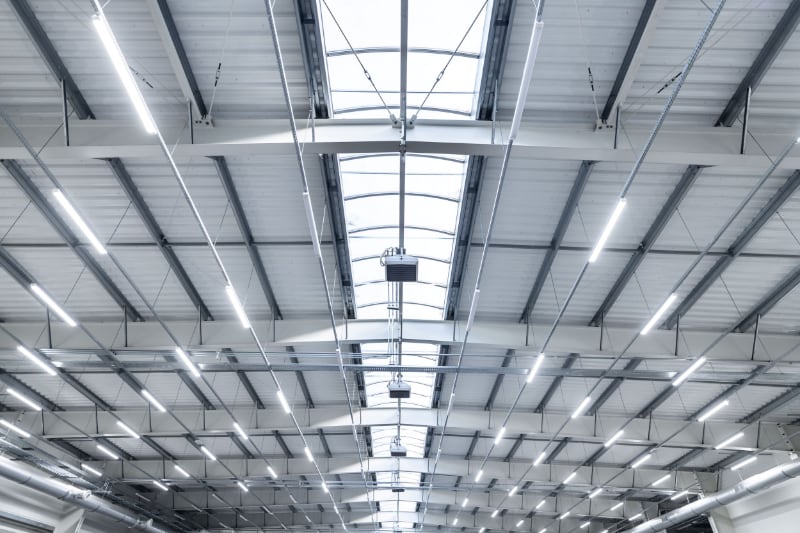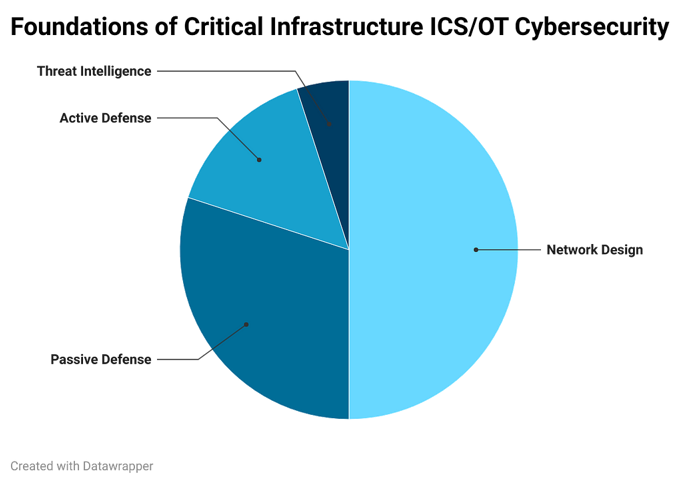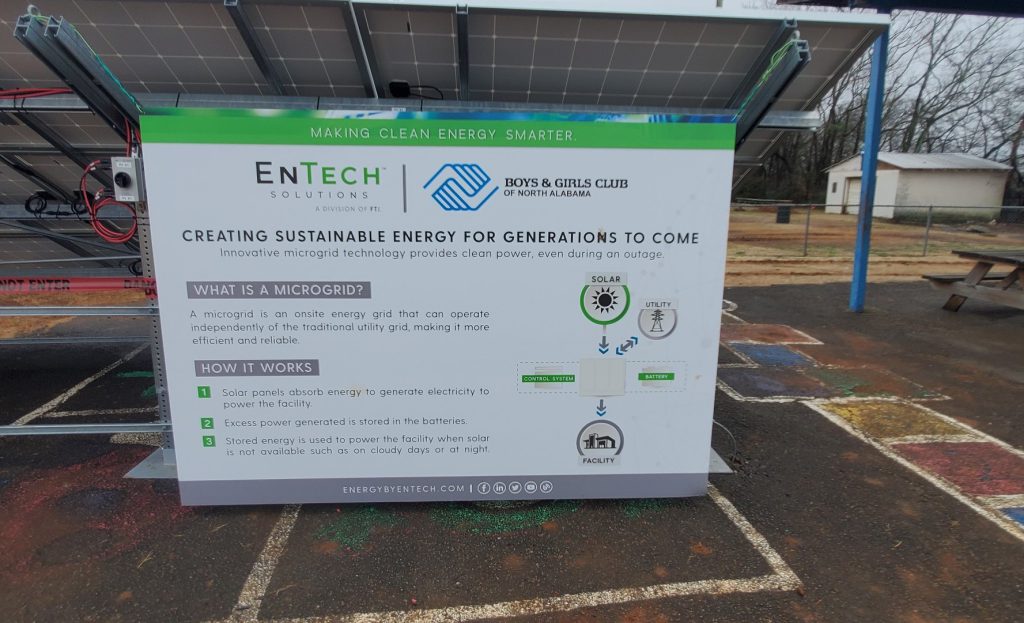
(This is the second in a series of blogs on energy goals: Cost, Resilience and Sustainability.)
As more of our everyday life and even the world is becoming increasingly electrified, uninterrupted electrical power is essential. From refrigerators to data centers, we are reliant on many different products and services that require power. Many of us have experienced power outages from errant storms, and some people live with repeated power outages due to yearly natural disasters. How we deal with these outages is constantly evolving.
Below are some reasons why energy resilience is important and what solutions are available.
Resilience Reasons
Brownout/Power Quality – Some people may ask, “Isn’t electricity just electricity? Do I really have to worry about power quality?” Yes, this is the case for some utility customers across the U.S. Due to long runs of utility lines, multiple users and other factors, their power quality might not be adequate. Poor power quality is also sometimes referred to as a brownout. Voltage sags or power quality issues are usually for short periods, where brownouts are usually for longer periods. A good example of this for residential users is the power that comes from an everyday 120-volt power outlet. If the power were to sag to 100 volts for any length of time, but not completely shut off, this would be considered poor power quality. Some electronics are sensitive to poor power quality and if plugged into this outlet, could completely shut off or be damaged. Now imagine this scenario for manufacturing plants. If the power sags but does not shut off, this could shut down or damage machinery, causing costly damage, rework and loss of production time.
Blackout/Power Outage – Power outages are something nearly everyone has dealt with, and for some they could be seasonal occurrences. Homes and businesses alike realize the need for uninterrupted power to support critical equipment and allow us to use all the things we have become accustomed to. For some, this resilience need is greater than others, depending on who may rely on their services.
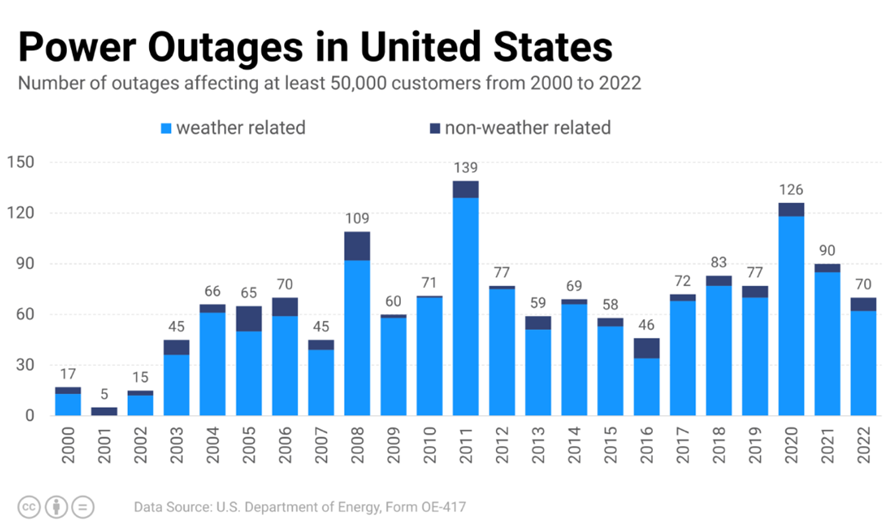
There are many businesses and services that require stable power at all times. Hospitals, emergency services, data centers and grocery stores are a few examples. Other businesses, such as manufacturing facilities, have very high costs associated with power outages and must take steps to prevent them.
Resilient Energy Solutions
Energy resiliency can take many forms, but at its core, it is being resilient to the different fluctuations and failures of the grid. There are many different steps individuals and businesses can take to ensure more resilient power. The first and easiest step is a backup generator. Generators come in various sizes, from those suitable for residential needs to those needed to power commercial or industrial facilities. They are usually powered by fossil fuels. While they can be effective, they are not always the most environmentally friendly.
Another solution that is becoming more cost effective and sustainable is a microgrid. A microgrid is a distributed energy resource (DER) that produces renewable energy on site. Depending on how it’s designed and connected, it can provide uninterrupted service in the event of a power outage. Microgrids can also solve power quality issues and rectify voltage sags. They can be powered by grid power, solar, wind, generators or any combination of these sources.
A real-world example we have designed and installed is at the Boys and Girls Club of North Alabama (BGCNAL) in Huntsville. EnTech Solutions worked with the organization to utilize one of our solar-powered microgrid systems to provide clean, renewable energy for the facility. The solar powered microgrid was also designed to provide an energy safe space, featuring backup power in several rooms for members of the community to have a place with reliable power in the event of power disruption caused by severe weather. When utility power is available, the system is designed to offset as much power as possible within the facilities to enable BGCNAL to reduce their utility bill, allowing them to save money and utilize those funds for programming.
If you enjoyed this blog article, please subscribe to stay up to date on the latest industry news from our experts at FTI.



